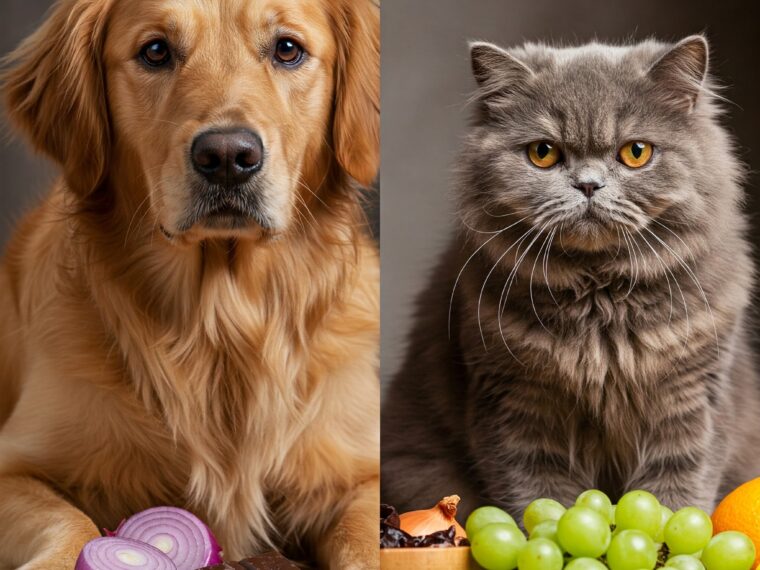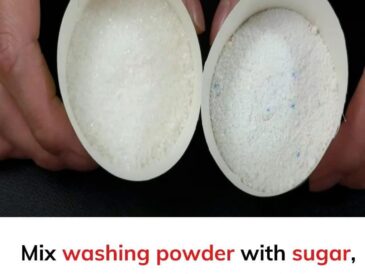11. Salty Snacks (e.g., chips, popcorn)
Too much salt can lead to sodium ion poisoning.
- Symptoms: Excessive thirst, vomiting, seizures.
12. Dairy Products
Most dogs are lactose intolerant, which can cause digestive upset.
- Symptoms: Diarrhea, gas, bloating.
13. Yeast Dough
Raw dough expands in the stomach and produces alcohol during fermentation.
- Symptoms: Bloating, disorientation, respiratory distress.
14. Apple Seeds
Contain cyanide, which is toxic in large amounts.
- Symptoms: Difficulty breathing, seizures, shock.
15. Cherry Pits
Similar to apple seeds, they contain cyanogenic compounds and can also cause intestinal blockages.
16. Mushrooms (Wild)
Some mushrooms can cause liver failure or neurological issues.
- Study: North American Mycological Association notes pet deaths linked to Amanita mushrooms.
17. Nutmeg
Contains myristicin, which is toxic to dogs.
- Symptoms: Hallucinations, increased heart rate, disorientation.
18. Fatty Trimmings
Can trigger pancreatitis, a painful and potentially deadly condition.
19. Citrus Fruits (Lemons, Limes, Oranges)
Contain citric acid and essential oils that can irritate dogs’ stomachs or central nervous systems in large amounts.
20. Raw Potatoes (Especially Green Ones)
Contain solanine, which is toxic.
- Symptoms: Nausea, vomiting, heart irregularities.
21. Tomato Leaves and Stems
Also contain solanine and tomatine—both toxic alkaloids.
22. Cat Food
Not poisonous, but too rich in fats and proteins for dogs, and regular ingestion can lead to pancreatitis or nutritional imbalance.
🛡️ How to Protect Your Dog
- Store dangerous foods safely out of reach.
- Educate family members and guests about what not to feed the dog.
- Call your vet or a poison control center if ingestion occurs.
- Use dog-specific treats and avoid sharing table scraps.
🐶 Final Thoughts
Dogs trust us with their lives, and it’s up to us to make informed decisions to keep them healthy and safe. If you’re ever unsure about a food, always consult a vet before offering it to your dog.




